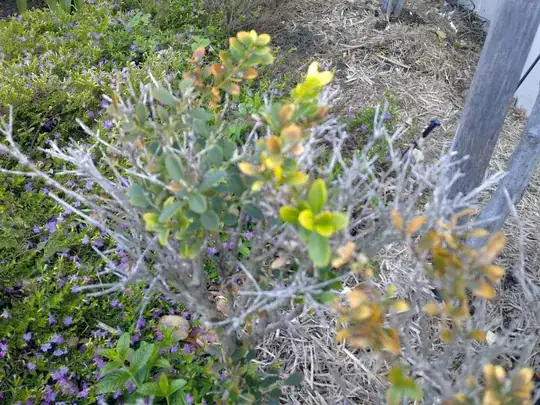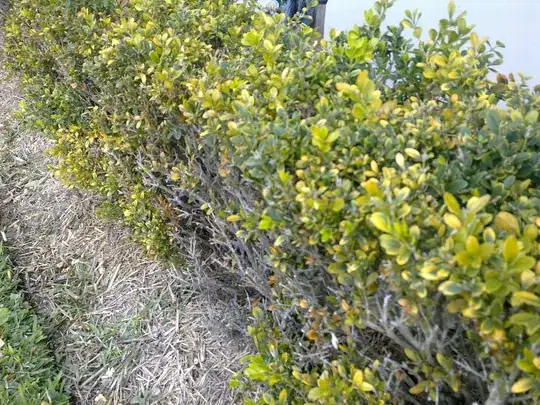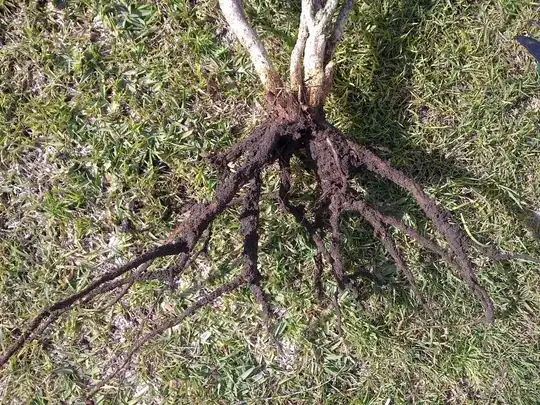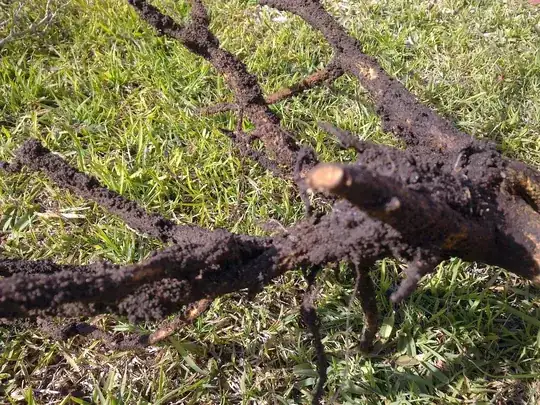I have a Japanese box hedge which is not exactly dying, but is definitely failing to thrive. When I moved in (5 years ago) it was looking much better. So it's not about the location, but that the previous owner knows something I do not.
It is on the north side of the house and receives plenty of sun. I have used sugar-cane mulch to keep weeds to a minimum. Nearby roses are fertilized with chook manure and commercial rose food. The roses are growing well as is nearby murraya hedge.
Over the last 6 months I have tried a few different things:
- fertilizing with blood and bone,
- fertilizing with cow manure,
- spraying with a fortnightly mixture of Seasol and Powerfeed.
There have been periods of steady rainfall for weeks which have not seemed to help.
Do I need to test the soil? Treat for pests?
I took a couple of pictures so you can see what I mean.
Some observations:-
- on the shady side, there is a green tinge to the bark
- leaves appear to be yellowing from the tips first and then going brown
- some unhealthy looking leaves have small brown dots along the edge of the leaf, more prominent on the top of the leaf than the bottom
- cross-section the root does not appear to have a blue tinge (my mobile phone camera is not too good a close-ups)
- the soil looks good (noticed few worms when I dug this up). Soil is clayey



